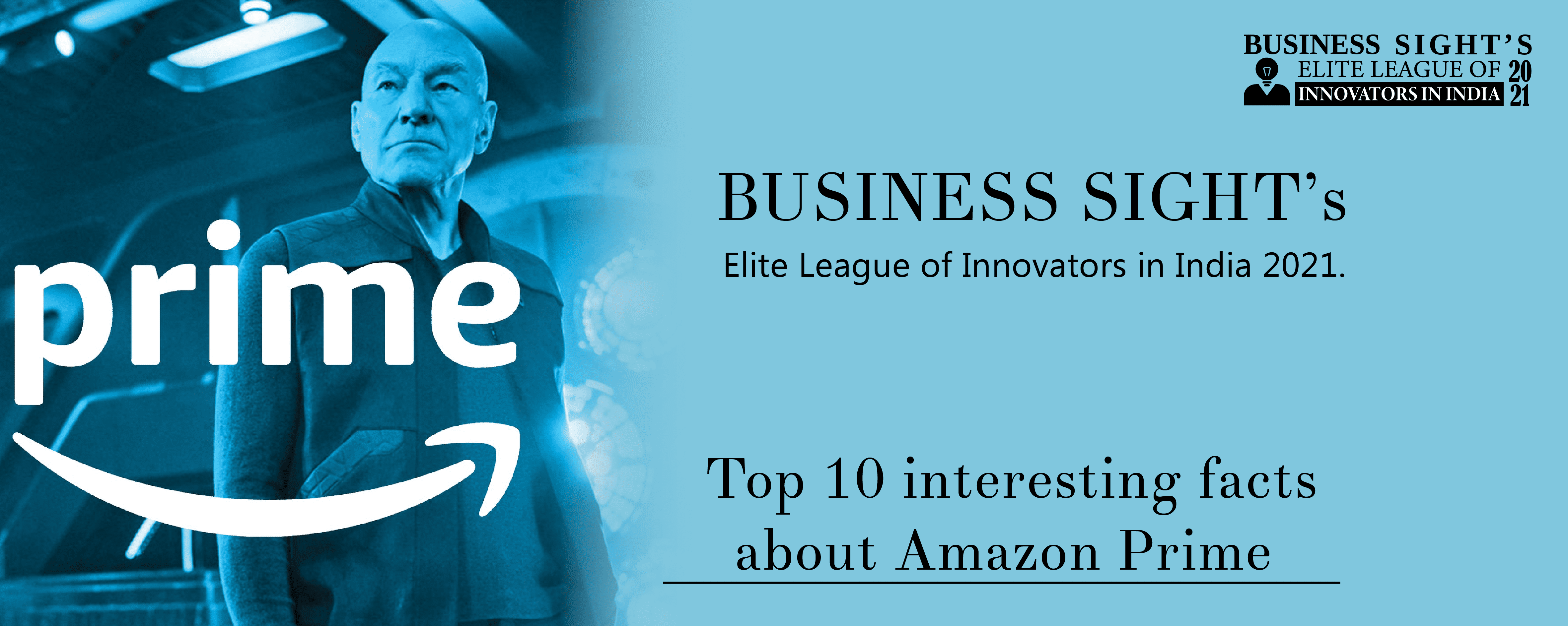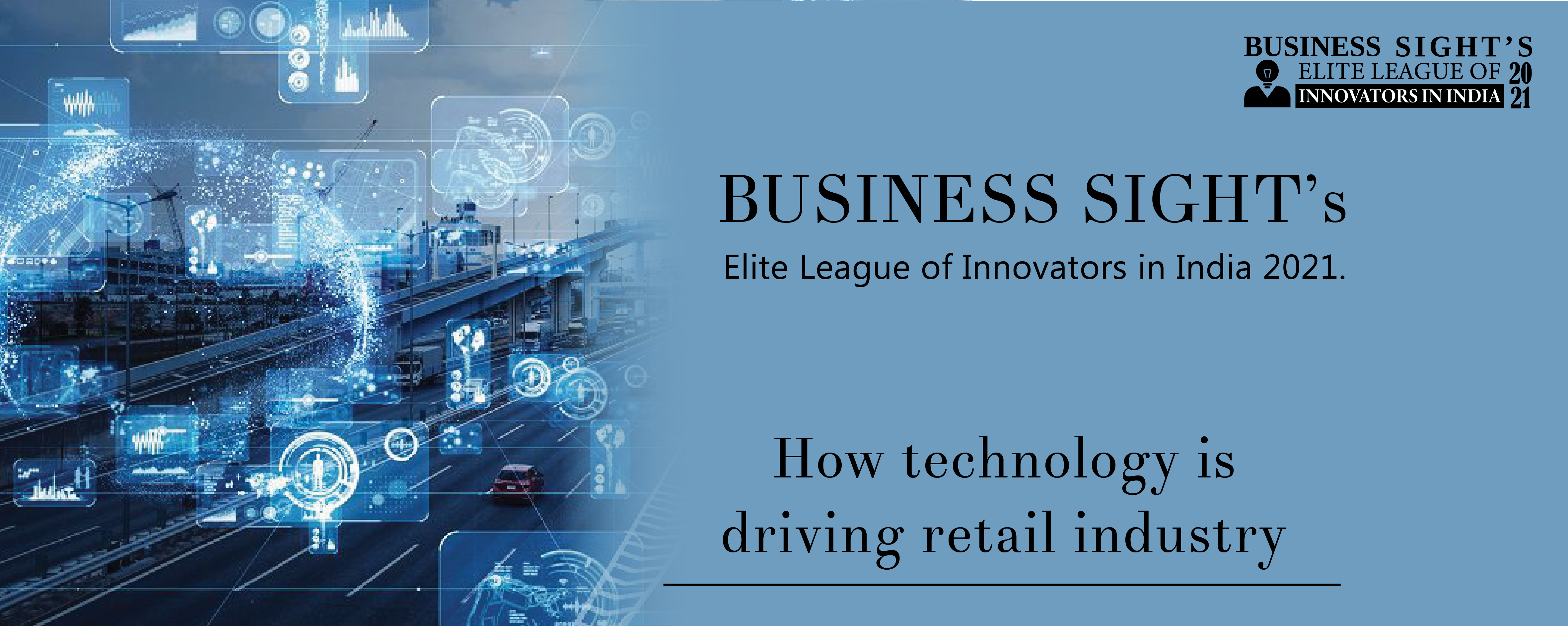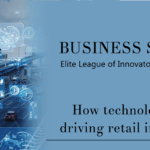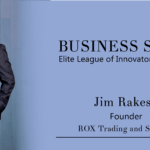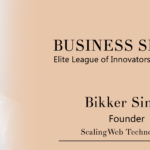This article wasn’t written by a Tech Bot, but it could well have been. That, along with thousands of other use cases, is why automation will be big in the years to come.
Over the course of last two years, all major tech conferences had discussion on innovation in artificial intelligence, machine learning, robotics or other automated solutions. In the pandemic, automation became one of the top 3 subjects of discussions in virtual tech events. Each of these discussions gives me a conviction that knowledge is fast evolving and adoption continues to accelerate.
While the technology levers are more obvious, I have always been fascinated by the psychological triggers of automation across manufacturing and services.
The Psychology of Automation
A Harvard Business Review study suggests that each job should be deconstructed into smaller tasks before we identify specific tasks for automation. HBR segmented the characteristics of work into three spectrums.
Physical vs Mental
Automation of laborious work has been prevalent since the onset of the industrial revolution. Human intelligence which drives mental work was deemed not to be replaceable until recent years. Cognitive collaboration between man and machine is the ideal solution for the best of both worlds. However, algorithms running machine learning have chances of being biased, and should not be used to make important decisions, say giving a judicial verdict. Tasks which primarily lives on the digital realm (such as sending a series of emails) are more automatable than work in the real world (like serving in a corporate cafeteria).
Independent vs Interactive
Work that can be carried out independently are more automatable than work which requires collaboration between various stakeholders. For example, designing a web banner based on a theme and context are being automated at various levels. Such has not been the case of writing business plans which needs collaboration. Perhaps, this is because that interaction with humans require more communication skills and empathy.
Repetitive vs Variable
Repetitive jobs are mundane. Getting bored on the job can be indicative of the presence of highly repetitive procedures in the workflow, and the lack of challenge. Working on boring jobs impacts morale, motivation and engagement.
Machines do not get bored. They are highly efficient with repetitive work, and excellent at performing jobs with simple decision rules. Variable work with limited variation is an excellent case for AI intervention. But, highly variable work is less automatable.
Automation is omni-present in multiple sectors. The two that I come across most are the manufacturing and services.
Industry Automation
Industries are under constant pressure – to improve product quality, boost factory efficiency, stay competitive, enhance safety, be secure , and remain profitable.
Continuing to drive operational efficiencies through traditional cost-cutting measures now provides only marginal gains. Industry 4.0 is about the significant transformation taking place in the way goods are produced and delivered – moving toward industrial automation and the flexible factory. To stay competitive, factories and warehouses must leverage the industrial internet of things and digitalization to become much more agile and efficient.
Industry 4.0 will help make smart machines smarter, factories more efficient, processes less wasteful, production lines more flexible and productivity higher. Built on the foundation of smart, secure, wireless connectivity there are opportunities to extend machine life through predictive maintenance, support rapid material handling, monitor every detail of the shop floor, and leverage collaborative robots simultaneously with mobile communication. This will help factories realize their goal of becoming a fully automated factory.
Services Automation
Customer experience is the anchor of strategic and competitive advantage of many service-oriented industries. Companies are seriously investing to make their IT processes simple. It is not the service itself, but the way it is experienced that creates a differentiation in the customers’ minds.
We have just launched an automated service issue resolution engine that’s contact less, secure AI-enabled and continuously learning. It has the capability to capture, analyze, respond and resolve service issues at faster time, lower cost and global scale.
Automation also allows high customisation or personalisation for an enterprise or a customer - often in dynamic real-time – a service that is engineered for all.
Workplace-automation is turning mainstream. Now what? Do we all lose our jobs? Can we get robots to work for us while we stay home and snooze? Between those extremes, people are using automation at work and life. They’re discovering its flywheel effects in productivity, creativity, efficiency and convenience.
The technology is taking drudgery off the table and freeing up brain power for higher-level tasks.
Artificial intelligence, deep learning, machine learning — whatever you’re doing, if you don’t understand it — learn it,” says Mark Cuban, the tech entrepreneur and reality TV star. “Otherwise you’re going to be a dinosaur within three years.”
Rajnish Tripathi is the CEO of AIPL and Executive Vice President of Aforeserve.com. He drives revenue and growth for ICT projects, repairs and services. He also nurtures key customer relationship for strategic accounts. He leads the new innovation technology business from ideation to commercialisation.


